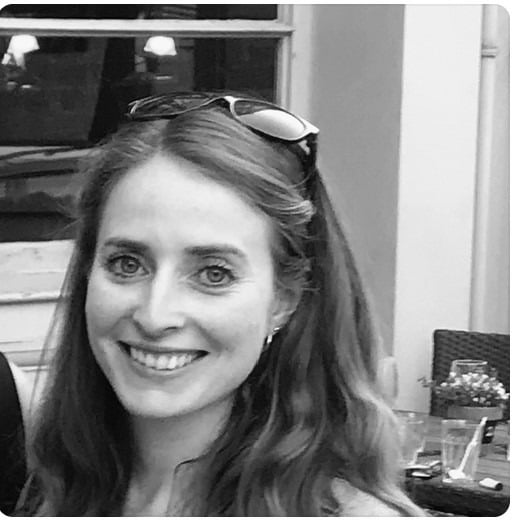States of Matter (Cambridge (CIE) O Level Chemistry) : Revision Note
Did this video help you?
State Changes
Melting
Melting is when a solid changes into a liquid
Requires heat energy which transforms into kinetic energy, allowing the particles to move
Occurs at a specific temperature known as the melting point (m.p.)
Boiling
Boiling is when a liquid changes into a gas
Requires heat which causes bubbles of gas to form below the surface of a liquid, allowing for liquid particles to escape from the surface and within the liquid
Occurs at a specific temperature known as the boiling point (b.p.)
Freezing
Freezing is when a liquid changes into a solid
This is the reverse of melting and occurs at exactly the same temperature as melting, hence the melting point and freezing point of a pure substance are the same. Water, for example, freezes and melts at 0 ºC
Requires a significant decrease in temperature (or loss of thermal energy) and occurs at a specific temperature
Evaporation
Evaporation occurs when a liquid changes into a gas and occurs over a range of temperatures
Evaporation occurs only at the surface of liquids where high energy particles can escape from the liquid's surface at low temperatures, below the b.p. of the liquid
The larger the surface area and the warmer the liquid surface, the more quickly a liquid can evaporate
Condensation
Condensation occurs when a gas changes into a liquid on cooling and it takes place over a range of temperatures
When a gas is cooled its particles lose energy and when they bump into each other they lack the energy to bounce away again, instead they group together to form a liquid
Sublimation
Sublimation occurs when a solid changes directly into a gas
This only happens to a few solids, such as iodine or solid carbon dioxide
The reverse reaction also happens and is called desublimation or deposition

Interconversion of solids, liquids and gases
Examiner Tips and Tricks
Questions on the particle theory of matter show interconversion of states with a reversible arrow: ⇌, which means that the process can go forwards and backwards. Read the question carefully and pick the direction of the change in state that the question refers to.
Sublimation is no longer part of the syllabus, but you can see how it fits in on the interconversion diagram with the other state changes.
Did this video help you?
State Changes & Kinetic Theory
When substances are heated, the particles absorb thermal energy which is converted into kinetic energy. This is the basis of the kinetic theory of matter
Heating a solid causes its particles to vibrate more and as the temperature increases, they vibrate so much that the solid expands until the structure breaks and the solid melts
On further heating, the now liquid substance expands more and some particles at the surface gain sufficient energy to overcome the intermolecular forces and evaporate
When the b.p. temperature is reached, all the particles gain enough energy to escape and the liquids boils
These changes in state can be shown on a graph called a heating curve
Cooling down a gas has the reverse effect and this would be called a cooling curve
These curves are used to show how changes in temperature affect changes of state
The horizontal sections occur when there is a change of state but there is no change in temperature

A heating curve showing the states, state changes and temperature changes as time progresses

A cooling curve is like a heating curve, but is the mirror image

You've read 0 of your 5 free revision notes this week
Sign up now. It’s free!
Did this page help you?
